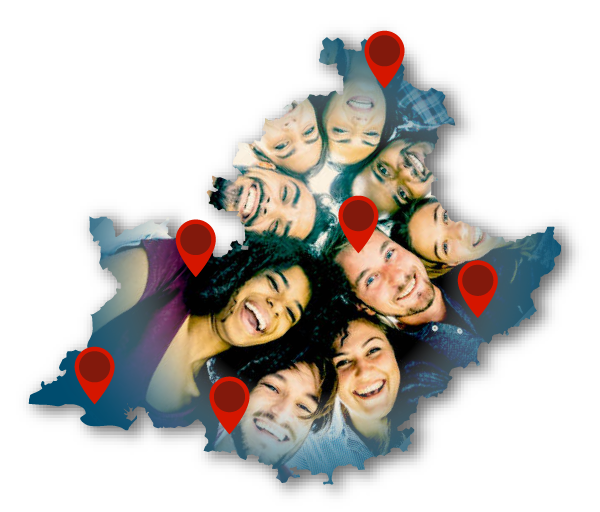Individual differences in Collective Animal Behaviour
(ID-CAB)
Start date: Feb 1, 2010,
End date: Jan 31, 2015
PROJECT
FINISHED
"One of the key challenges in scientific research is to link together our understanding of different levels of biological organisation. This challenge is fundamental to the scientific endeavour: from understand how genes interact to drive the cell, to how cells interact to form organisms, up to how organisms interact to form groups and societies. My own and the research of others has addressed this question in the context of the collective behaviour of animals. Mathematical models of complex systems have been used to successfully predict experimental outcome. Most previous studies are however limited in one important aspect: individuals are treated as identical units. The aim of the proposed research proposed is to investigate features which produce differences within the units. The model systems of our study will be sticklebacks, homing pigeons and house sparrows. Individuals can differ from each other on a range of time scales, from information acquired within the last few minutes, through socially learnt information, to genetically inherited differences. Through a series of experiments on each of the study species, the development of mathematical models which incorporate between individual differences, and novel forms of data analysis, we will begin to understand the role played by individual differences within groups. We will look at the rules of motion for fish and birds; the role of personality in decision-making and how short term information differences improve decision-making accuracy. Achieving the project objectives will greatly enhance our understanding of the relationship between individual animals and the groups they live in, as well as impacting on our understanding of individual differences in other areas of biology."
Get Access to the 1st Network for European Cooperation
Log In
or
Create an account
to see this content
Coordinator
UPPSALA UNIVERSITET
€ 977 768,00- Johan Tysk
- SANKT OLOFSGATAN 10 B 751 05 UPPSALA (Sweden)
Details
- 100% € 977 768,00
-
 FP7-IDEAS-ERC
FP7-IDEAS-ERC
- Project on CORDIS Platform

